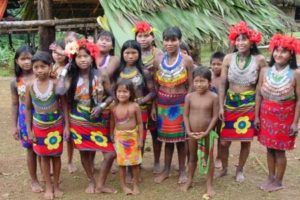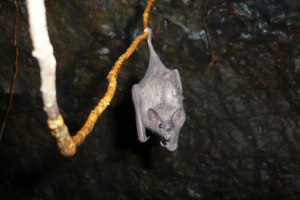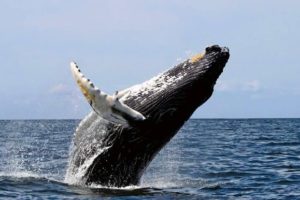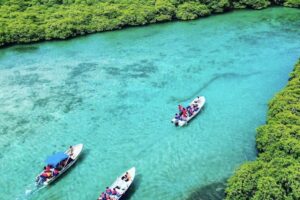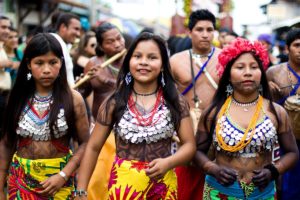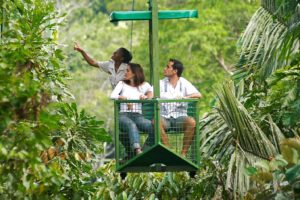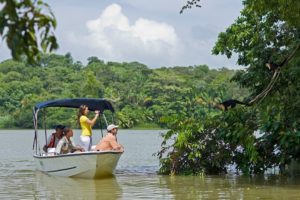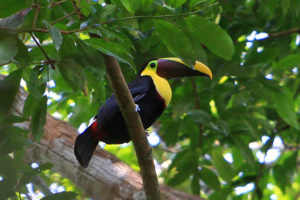Birdwatching: Panama is one of the best places in Central America to go birding. Due to the country’s location between two continents and its narrow girth, more species of birds inhabit Panama than anywhere else on the continent. A dazzling variety of North and South American birds are represented, both native and migratory.
The famous resplendent quetzal, the three-wattled bellbird, the harpy eagle and the king vulture are just a few of the many species that flourish here. The total number of bird species found in Panama, about 950, is surprisingly large, especially when you consider the relatively small surface area of the country. Some 150 of these species are neotropical migrants that only occur in the country from September until April. It's not uncommon to see more than twenty different migrant warblers and vireos on a good morning during the spring or fall migration, in addition to fifty or sixty resident species.
Whale watching: Humpback whales from the Southern Hemisphere “winter” in Panamanian waters from July until November during their annual migration to tropical waters to mate and calf. Humpback whales are named for the distinctive “hump” that they make when bending their backs for breathing and diving. The humpback is a baleen whale like the blue whale and it strains krill and small fish from the water. An adult humpback will consume between a ton and a ton and a half of food a day and males can grow to 35 feet long and females can reach 40 feet.
National parks: Panama’s unique geographic location has resulted in a wealth of diversity in plant, animal and bird life. The protection of these natural resources is important in Panama, and almost 30% of the country has been set aside for conservation purposes. There are 14 National Parks, as well as approximately 16 Wildlife Refuges and Reserves.
The 14 National Parks encompass approximately 3.5 million acres of rainforest, jungle, mountain range, marine areas, beaches and desert ecosystems, which cover roughly 22% of the surface area of the country. These areas are the habitat of almost 1,000 species of birds, as well as 220 mammals and 354 reptiles and amphibians.
Jungle: No other country in Central America has highly developed urban areas with as easy access to dense tropical jungles as Panama. You can literally go wildlife watching “over lunch,” having added new and astonishing animal sightings to your wish list. Discover the exotic flora and fauna while watching monkeys, crocodiles, exotic birds and an enormous array of other animals.
